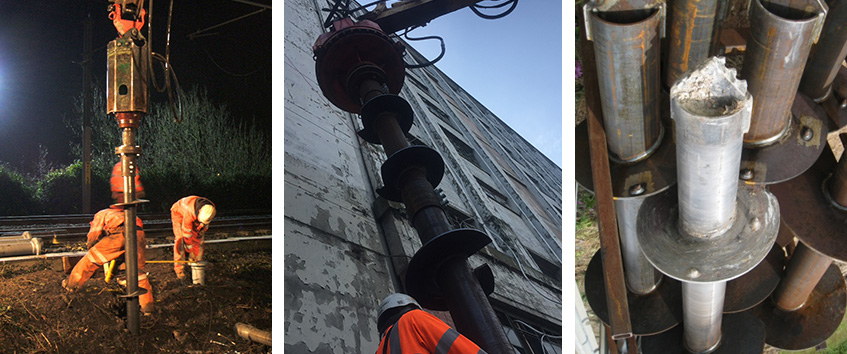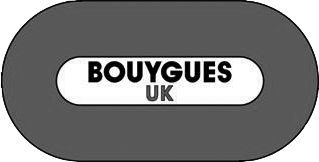What are Helical Piles?
Helical Piles are steel shafts with a series of low-pitched circular steel helical plates welded at strategic positions along the shaft. The plates give the foundation both tension and compression bearing capacity which enables them to be used for a wide range of applications across many industries and sectors.
The piles can be connected in groups using a steel load transfer grillage and are screwed directly into the ground by machine-mounted hydraulic or electrically powered drilling equipment. Helical Piles make the use of concrete for foundations a thing of the past.
Helical Pile Benefits
Helical Piles are relatively inexpensive because they are very quick to install. They are specifically designed to suit the ground conditions and the application requirements and come in various lengths and thicknesses. The helical pile is a versatile, environmentally friendly and cost-effective technology with many uses across civil engineering industries such as buildings, transport and communications.
Other benefits include:
- Cost effective, rapid installation
- No concrete required, saving both curing time and money
- Small base construction for use in restricted areas
- Removable and reusable
- Low noise and minimal vibration during installation
Where Can Helical Piles Be Installed?
Our engineers design helical piles to suit the ground conditions at every individual site. This technology is one of the fastest foundation solutions in existence and this, combined with reduced environmental impact and ease of installation in restricted access sites, is the reason that this technology is so popular and so widely used today.
Depending on location and the solution designed, helical piles can be installed:
- Raked at angles up to 45°
- Protruding from the ground or buried
- In any soil
- To support structures in compression and tension
- At grade, on embankments, and in cuttings
- In low temperatures – unlike concrete
- In bespoke situations to suit your requirements



























